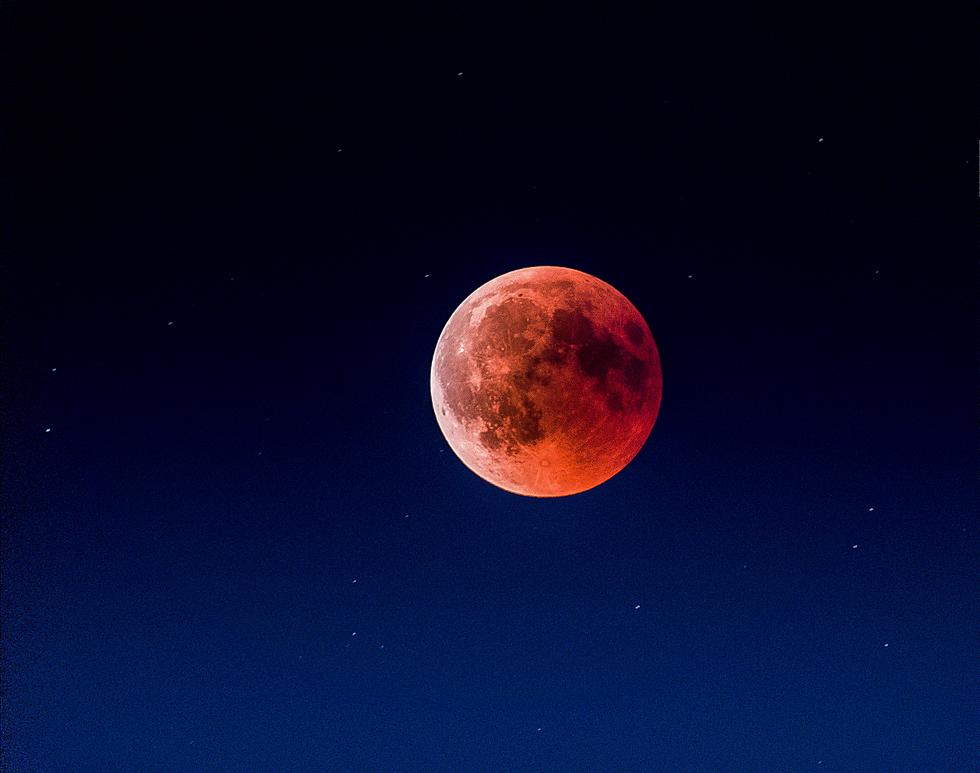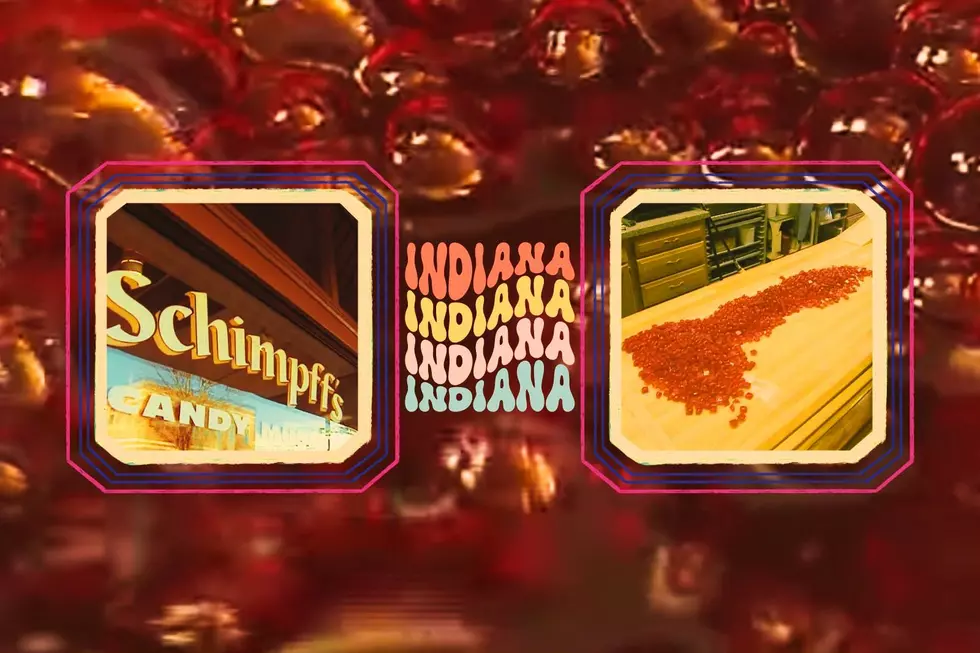
Viewing Guide for May 2022 Full Lunar Eclipse Over Indiana & Kentucky
Mark your calendars for another extraordinary celestial event! The full moon in May 2022 will bring with it the opportunity for us to view a total lunar eclipse over Indiana, Kentucky, and a good portion of North America, and it is anticipated to last nearly 85 minutes at totality!
Full Flower Moon + An Eclipse
Known as the Flower Moon because of the abundance of spring blooms, the full moon in May will be a beautiful illumination in the night sky all on its own. Add to it a full lunar eclipse visible across most of North America and parts of Western Europe, as well as all of South America and Western Africa that will create a phenomenon known as a "blood moon."
What is a Blood Moon?
We experience a lunar eclipse when the moon, the Earth, and the sun are in proper alignment, with the Earth's shadow cast upon the face of the moon. According to Almanac.com, the eerie, red glow that comes with a full lunar eclipse is commonly known as a "blood moon."
A lunar eclipse occurs when Earth stands directly between the Moon and the Sun, which results in Earth casting its shadow on the Moon. During a total lunar eclipse, the Moon is fully obscured by Earth’s shadow, giving the Moon a reddish hue. This phenomenon is where the term “blood moon” comes from.

Why Does The Moon Turn Red?
At the point of totality during a lunar eclipse, we will see the "blood moon." but what exactly causes the moon to look red? The moon blaze red in the sky for the same reason that we see sunrises and sunsets in various hues and why the sky looks blue. It is something known as Rayleigh scattering. Check out the video below. Astrophysicist Neil deGrasse Tyson explains Rayleigh scattering.
When Will the Total Lunar Eclipse Take Place?
The total lunar eclipse will begin Sunday, May 15, 2022, and continue into Monday, May 16, 2022. For those of us in the Central Time Zone, the eclipse will progress through the following phases, according to timeanddate.com.
- 8:32 pm - Penumbral Eclipse begins
- 9:27 pm - Partial Eclipse begins
- 10:29 pm - Total Eclipse begins
- 11:11 pm - Maximum Eclipse
- 11:53 pm - Total Eclipse ends
- 12:55 am - Partial Eclipse ends
- 1:50 am - Penumbral Eclipse ends
What to Expect During a Lunar Eclipse
It is no secret that the moon has a tremendous impact on the day-to-day happenings here on Earth, especially when it comes to oceanic tides. EarthSky.org says that we can expect to see higher than usual tides.
Thus, in the day or two after the eclipse, people who live along a coastline can expect higher-than-usual tides. Some call these sorts of tides perigean spring tides. But in recent years, these close new or full moons have come to be called supermoons. So the extra high tides they bring are also referred to as supermoon tides. Some also favor the term king tides.
How to Safely Watch a Lunar Eclipse
To view the lunar eclipse safely, all you really have to do is look up to the night sky. You won't need any special type of equipment to view the lunar eclipse but if you would like to see the moon in more detail, a pair of binoculars or a telescope will do the trick. Unlike a solar eclipse, there is no need for safety glasses for viewing a lunar eclipse.
How to Take Photos of the Eclipse
If you are as fascinated by the beauty of the moon as I am, you have inevitably tried (and failed) more than once to snap a photo of the moon with your smartphone. The upcoming lunar eclipse will have you reaching for your phone but how do you get a great moon photo? Check out the video below to see how to best capture the beauty of the eclipse, or any other time you want to snap a photo of the moon. Then be sure you keep scrolling to see some amazing astrophotography.
Must See: Astrophotography Taken Over Southern Illinois Zinnia Field
More From WBKR-FM









